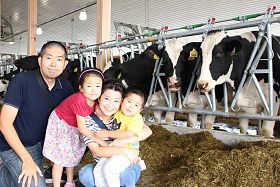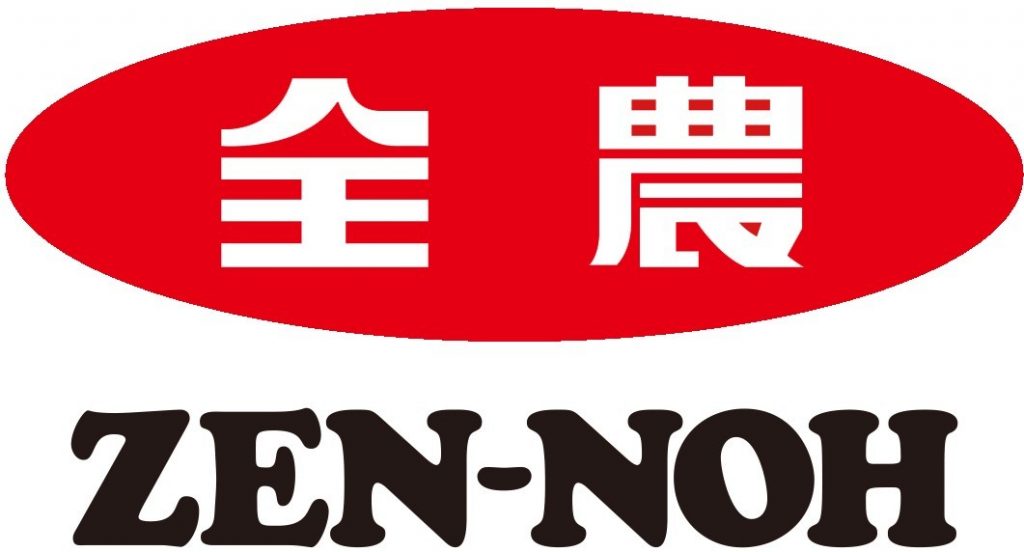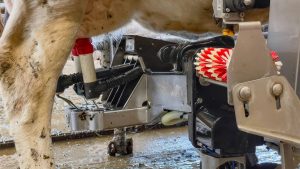

The following article first appeared The William H. Miner Agricultural Research Institute Farm Report and is published with their permission. Pictured above: Hiroyuki Uchihori, his wife Yu, daughter Misaki, and son Haruto at the Miner Institute dairy barn.
The William H. Miner Agricultural Research Institute and Zen-noh have had a collaborative relationship for over 20 years to conduct various studies together. I am happy to have this opportunity to write in the Farm Report.
The dairy industry in Japan is much smaller than that in the US. In 2020, we had 1.4 million cows and 14,000 herds (9.4 million cows, 32,000 herds in the US). Almost all dairy cows in Japan are Holsteins. The average herd size is 95 cows/herd, which is about one third of the average US herd size. Annual milk production is about 16 billion lbs. (more than 200 billion lbs. in the US), and half is processed for fluid milk.
Japan is a small country with a lot of mountains including volcanoes (that’s why earthquakes often happen). Many Japanese farmers, especially in Honshu, the main island of Japan, aren’t able to have enough farmland to grow their own forages. Those farmers need to purchase feed from others. We would say that the U.S. feed Japanese cows because most of the grains and forages are imported from the US. However, it means that feed costs are higher and fluctuate more in Japan. Although the milk price is higher (about $50/cwt), it’s not always reasonable for the feed cost.
The cost of replacement heifers has become another big issue in Japan. Farmers who have no space to keep their replacements usually buy heifers from Hokkaido, a northern island which is the primary dairy region in Japan. Currently the price is about $7,000 per pregnant heifer! It is a huge investment!
Wagyu, Japanese black beef cattle which produce wonderfully tender meat with high marbling, affects the dairy heifer market. The price of Wagyu calves has also been inflated because of decreased calf production from Wagyu cow-calf operations. Now the price of Wagyu calves, both steers and heifers, is about $7,000 at 9 months old! Farmers could sell dairy pregnant heifers at almost the same price but need to keep them for 18-20 months. And how about dairy bulls? They are much cheaper than heifers, Wagyu, or even crossbred calves (Wagyu × Holstein). If you were a Japanese dairy farmer, which would you like to breed? Yes, many farmers have been shifting to breeding Wagyu (either insemination or embryo transfer) to their dairy cows. That is why dairy replacement heifers are also getting expensive.
Unfortunately, the numbers of dairy cows and herds in Japan are decreasing. In addition to the problems mentioned above, a labor shortage is making the dairy industry difficult. A national survey in 2014 found that 40% of Japanese dairy farmers had no successor. So, we have focused effort on improving labor efficiency as well as cow productivity and longevity. Some new technologies would be helpful for labor-saving. Good management in every aspect of dairy farming is also important to keep cows healthy and productive as mentioned in many articles in the Farm Report. Those efforts should be made not only for the present farmers but also for the next generations. I hope the relationship between Miner Institute and Zen-Noh can brighten the future of the dairy industry in Japan as well as in the US.
TheCattleSite News Desk

























